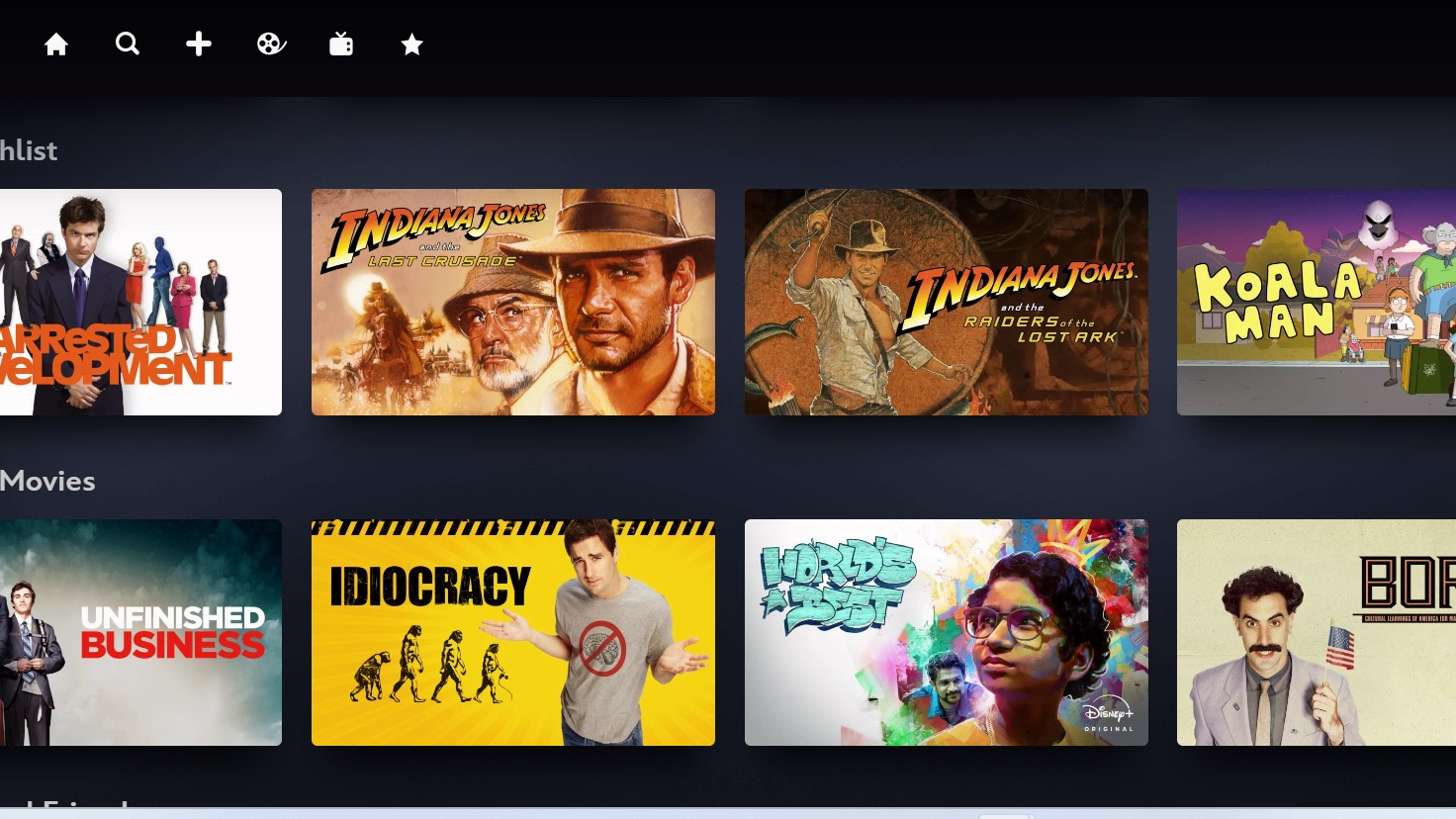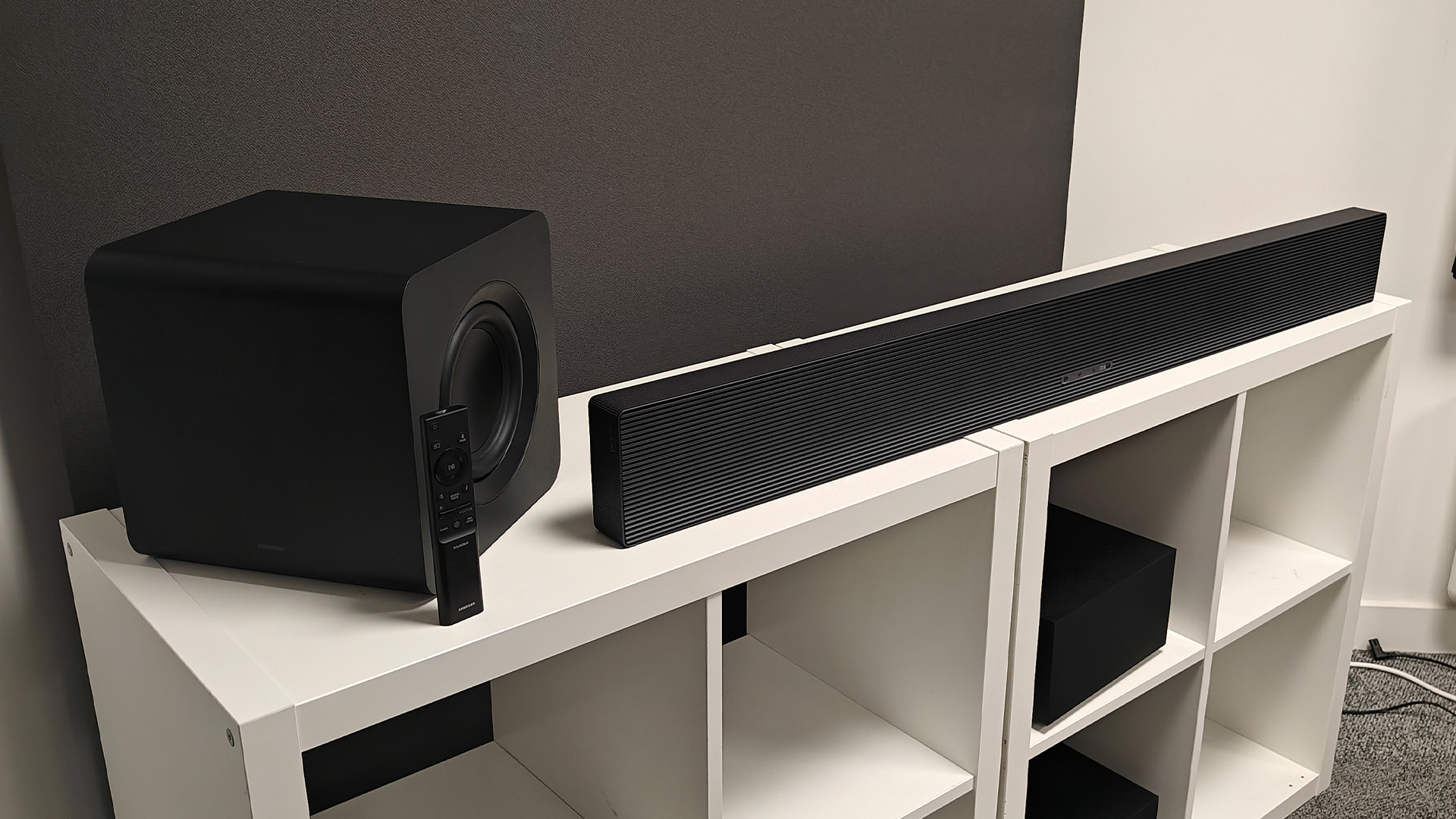I switched my Disney Plus subscription to the ad-based plan – here's why I won't go back
Are the savings worth it? For me at least, they are

I don’t know if anyone’s mentioned it recently, but times are tough. Gone are those brief, fleeting days during the late 2010s and early 2020s when streaming was booming and, relatively speaking, so was the economy; days when you could proudly boast that you were concurrently subscribed to Amazon Prime Video, Netflix and the newly emergent Disney Plus with enough change left over for a daily sandwich at the supermarket.
How times have changed. All video streaming services are feeling the strain, raising prices to cope with demand and forcing consumers like me to trim the fat and consider cutting back as the economy struggles (and that's before we even get on to how much a decent sarnie costs). Disney Plus is very much the cornerstone of my streaming platform collection, and while lesser services have been discarded at the wayside, I simply can’t do without the pleasures Disney provides. You think I’m going to go back to the days of watching The Simpsons via my shelf-long stack of DVDs, or even more desperately, relying exclusively on weekend Channel 4 reruns to get my animated fix? I’ve become accustomed to the high life. I can’t go back. I won’t.
Disney Plus stays, then. It’s our favourite video streaming service, after all, and while I can live without the temptations of Netflix and with being only an occasional tourist on Apple TV Plus when I fancy a nose around the platform’s latest slice of esoteric but talented TV offerings (see Slow Horses and Severance), there’s just too much good stuff over at the House of Mouse. Thankfully, there is now a way to keep your Disney subscription while saving money, and it comes in the shape of the platform's relatively new 'Standard with Ads' tier option.

Opting for the cheapest tier now offered by Disney has certainly saved me a good deal of dosh, although savings vary depending on whether you’re paying for a subscription monthly or via a single yearly instalment. That ‘Standard with Ads’ tier costs just £4.99 a month in the UK, with the Standard, non-ads level setting you back £7.99 a month and the full-fat, all-access Premium subscription costing a princely £10.99 per month (US users have two options: $7.99 a month for an ad-supported 4K tier and $13.99 a month for a parallel Premium subscription). Considering that the highest tier costs more than double the lowest for UK users, it is worth thinking about what you want from your subscription in these penny-stretched days.
Naturally, sacrifices have to be made. The 'Premium' subscription gives you access to 4K UHD and HDR video quality, not to mention Dolby Atmos sound with compatible content and devices and a greater capacity for streaming across four registered devices. A 'Standard' membership only grants Full HD (1080p) quality, but you still get two devices to play with and no commercials. The ad-based membership grants 1080p video quality and two-device streaming, but, of course, there’s the matter of those pesky ads.
If losing all of the bells and luxuries of the Premium tier – 4K UHD and Dolby Atmos in particular – is too much to bear, you can stop reading right now and continue to enjoy your glossy, hi-res editions of Avengers: Endgame and Death On The Nile in peace. If you’re umming and ahhing over whether to drop to the lowest price point to save a few bob, it might be best to keep on scrolling.
In all honesty, the presence of adverts hasn’t been a huge intrusion into my viewing experience. Most of the time, you’ll have to suffer a single, minute-long ad before loading up a 22-minute instalment of, say, Futurama (I really haven’t escaped my adolescence), sometimes followed up by a shorter commercial at the halfway point of the episode. For a two-hour movie such as The Day After Tomorrow, you’ll generally have to endure the same minute-long ad or a bundle of two or three mini-ads lasting a total of a minute and a half before getting started, with occasional in-movie interruptions popping up intermittently to break things up a bit. Happily, if you’re watching a few movies back to back, you generally don’t have to suffer ads before your films, after the first instance – Disney clearly prefers to stagger its commercials for maximum impact.
The latest hi-fi, home cinema and tech news, reviews, buying advice and deals, direct to your inbox.

What you might find irritating, though, isn’t the persistence of the commercials themselves, but rather their frustratingly repetitive nature. I’ve seen the same ‘Marvel at 85’ trailer so many time in the past few weeks that I know the words practically off by heart, from the opening mini-eulogy to Stan Lee to Tom Hiddleston looking dreaming and intoning that, “Marvel is a massive canvas through which all our humanity is explored.” I know, Tom, you’ve told me 50 times since Tuesday.
There are also further, rather more hidden drawbacks. Not being able to download content onto your device is a big one, and it’s a limitation that can often catch people out when they simply look at the low prices in big letters and are immediately suckered in. A lack of downloads is a big miss for me, especially as someone who spends a lot of his time travelling for work and likes to have a few episodes of Shōgun, say, to while away the hours on a crowded Ryanair flight. It’s a big miss, and one that you need to factor into your decision if you’re also thinking of making the drop to an ad-based subscription.
There’s more you should consider. What also worries me, despite being nothing but hypothetical at this point, is now that said tier has become hugely popular with money-conscious consumers, Disney may decide to ramp up its advertorial drive as time goes on and money becomes even tighter. There’s no evidence to suggest that this will happen, but just as we’ve seen platforms such as YouTube add more ads than ever before, it wouldn’t exactly come as a surprise if Disney were to follow suit. It wouldn’t be a dealbreaker, but I remain wary all the same.
For now, though, I’m happy with my tier choice, mainly because it works for me and my viewing preferences. I’m okay with seeing adverts for the sake of saving precious pounds every month, and while it can be irritating being exposed to the same pitches and campaigns every day, it’s a small price to pay for what is still a decent saving on a very fine streaming service. It’s sacrilege to say, but I simply don’t have the tech at my disposal to make use of the Premium tier’s myriad advantages anyway, so I hardly miss the prospect of UHD viewing or Dolby Atmos capabilities. If I were rocking the best 65-inch TV money could buy and some surround speakers to match, things might be different.
In the end, it’s all about choosing what’s right for you. If you go big with your entertainment and want to get the most out of it, go Premium. If you're torn between saving money and not seeing commercials, consider exactly what, how and when you use your Disney subscription. What matters is that the option exists and, in its current state, doesn't detract from the basic Disney experience enough to make it into a false economy. That, to my mind at least, is a win for the cost-conscious consumer.
MORE:
Read our five-star Disney Plus review
These are the best streaming services for TV and movies
I might be late to the party – but this Apple TV 4K setting is a hidden gem
We've paired the best tablet and wireless headphones for the perfect portable cinema experience

Harry McKerrell is a senior staff writer at What Hi-Fi?. During his time at the publication, he has written countless news stories alongside features, advice and reviews of products ranging from floorstanding speakers and music streamers to over-ear headphones, wireless earbuds and portable DACs. He has covered launches from hi-fi and consumer tech brands, and major industry events including IFA, High End Munich and, of course, the Bristol Hi-Fi Show. When not at work he can be found playing hockey, practising the piano or trying to pet strangers' dogs.
